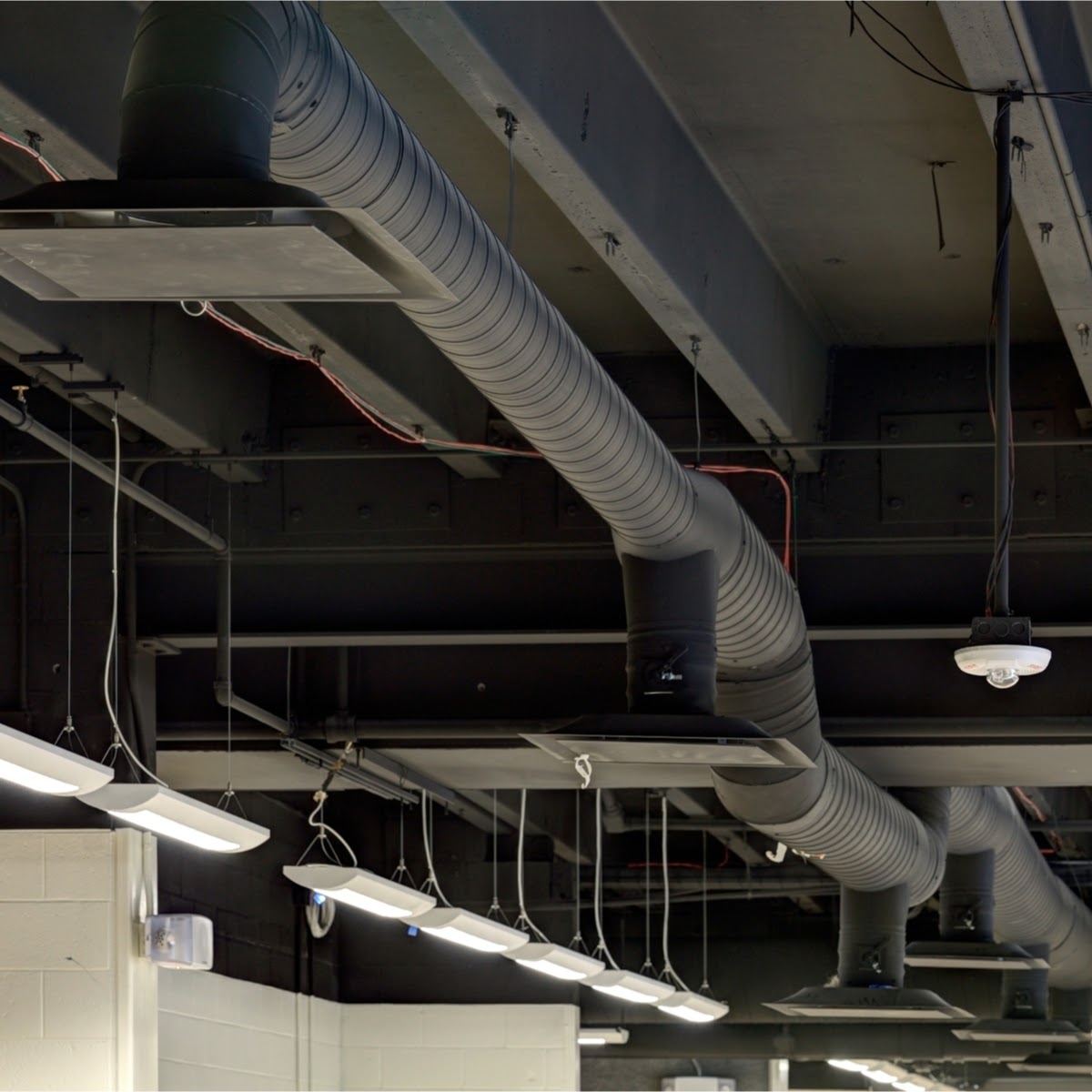
When news broke about a second round of ESSER (Elementary and Secondary School Emergency Relief) funding, school administrators and district chairs everywhere appreciated the support it could bring. ESSER funding is an essential part of preparing schools for the safe return of students to brick-and-mortar classes during the COVID-19 pandemic.
While some school districts have already seen students return to in-person classrooms, most educational institutions are nowhere near full capacity. Once that’s reached, the risk of transmitting COVID-19 will likely be magnified due to the increased population density on school campuses.
Although schools have now received two rounds of ESSER funding, and are likely to receive a third, they must still decide how to best use this money for improvements in student and staff safety. One of the smartest investments schools can make is ESSER-funded HVAC improvement.
Can ESSER Funding Be Used on HVAC Systems?
Fortunately for school districts everywhere, ESSER funding can be used to purchase or upgrade HVAC systems. In fact, the grant specifically includes language that permits “testing, repairing, and upgrading projects to improve air quality in school buildings.” Multiple school districts across the country have stated their interest in upgrading their existing HVAC systems.
Related: HVAC Trends Shaping the Industry
Of course, there are some things to keep in mind when distributing ESSER funding for HVAC purposes. First, your district must act in accordance with existing state regulations. Failing to do so can be disastrous for your school district. Second, the acquisition of any HVAC equipment must be in compliance with federal law. Funding guidelines are very straightforward and lay out rules for the procurement of equipment with federal grants. For example, for purchases exceeding $250,000, the Uniform Guidance (i.e., the government framework for grant management) requires the school district to use either a sealed bidding process or a competitive proposal process. Federal law also states that relevant HVAC contractors must pay laborers wages based on local averages. As long as your district follows state and federal guidelines, ESSER-funded HVAC equipment is permitted.
How Can ESSER-Funded HVAC Systems Benefit My Schools?
ESSER-funded HVAC systems are an extremely effective way to protect your district’s students and staff from the dangers of COVID-19. ESSER funding can also be used to upgrade or repair existing HVAC systems. It is vital that your HVAC systems are in good working order and can provide a clean and safe environment for students and staff.
One of the most promising HVAC-based solutions for combating COVID-19 is UV light upgrades. For this, a UV light is installed inside the HVAC ventilation system. As air is drawn into the building’s ductwork, the UV light kills airborne contaminants, including COVID-19. Other popular upgrades or additions to school HVAC systems include HEPA filters and air purification systems. Standalone mobile HEPA filtration or UV filtration systems are also available, and can be moved from space to space depending upon your needs. These systems are a very flexible solution if base building system modifications are not practical.
Related: Ultravation for HVAC
While all of these upgrades can improve air quality, UV lamps kill airborne viruses more efficiently than any other option. They have been proven to kill COVID-19, as well as eliminate a high percentage of other airborne bacteria.
HVAC Solutions and Tate
If you’re looking for a trusted commercial HVAC partner for your school district, Tate is the team for the job. We can outfit your HVAC system with the latest in UV filtration technology so your students and staff are protected. Tate understands the importance of having reliable equipment that will last. Find out how our experts can help you create a safer learning environment.
